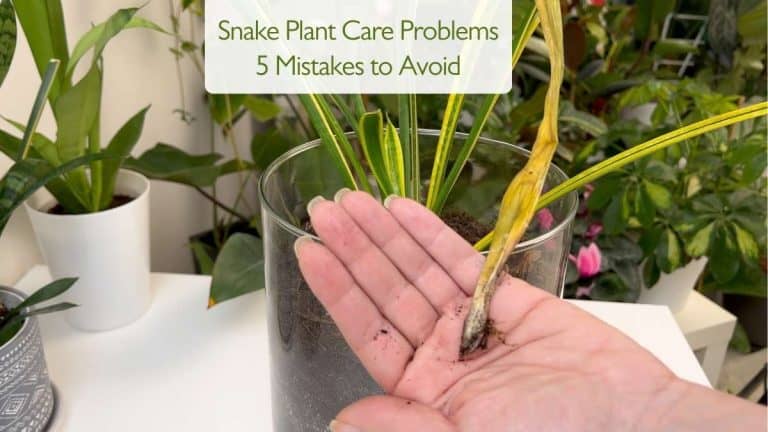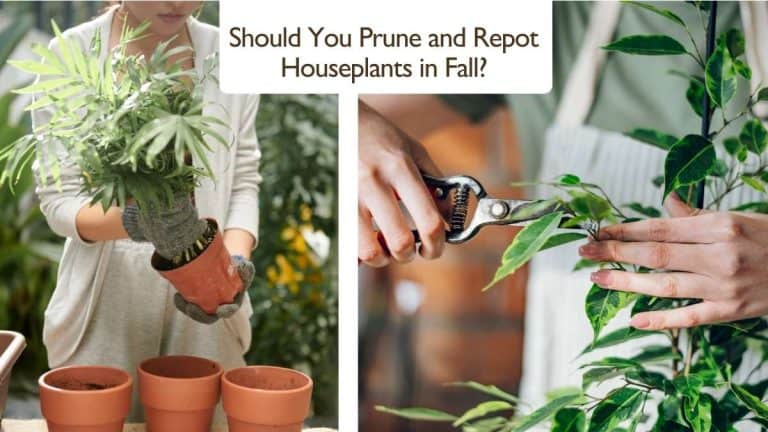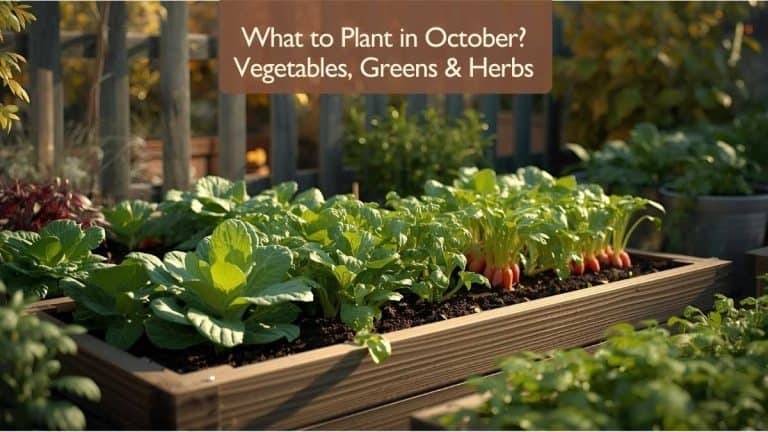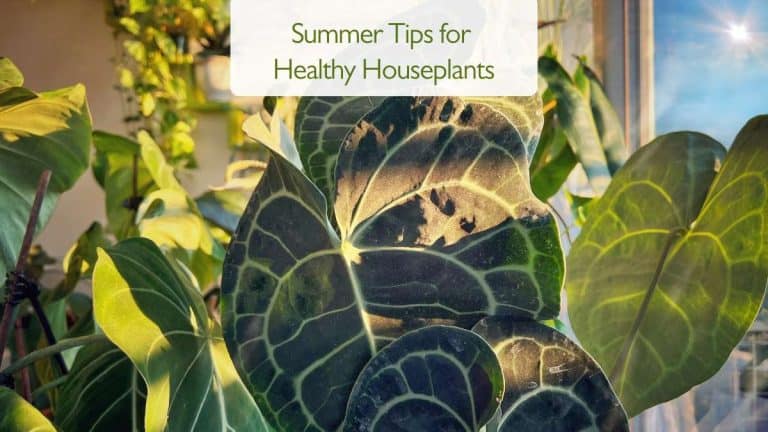Bougainvillea Care: The Ultimate Guide to Vibrant Blooms and Healthy Growth
If you’re searching for trustworthy Bougainvillea care, you’ve come to the right place. In this in‑depth article, you’ll discover everything I’ve learned from years of growing these thorny, color‑packed vines on my balcony. From understanding their South American origins to mastering sunlight, watering, pruning, and pest prevention, you’ll have all the tools to help your Bougainvillea shine.
For a visual walkthrough and even more in‑depth tips, be sure to watch my video below:
Click here to watch the video on YouTube
Origin & Name: The Roots of Bougainvillea Care
Proper Bougainvillea care starts with knowing its history. Native to Brazil, Peru, and southern Argentina, Bougainvillea was first documented by French explorer Louis Antoine de Bougainville in 1768. Today, these ornamental vines, shrubs, and small trees are prized worldwide for their spectacular “flowers,” which are actually colorful bracts surrounding tiny white blooms.
Appearance: Why Bougainvillea Care Matters
The dramatic appeal of Bougainvillea lies in its vivid bracts—available in shades of pink, red, purple, orange, and white—that contrast against lush green foliage. Its thorny stems can sprawl as vines or stand upright as bushes, making them versatile for trellises, walls, or container gardens. To keep these bracts abundant and vibrant, consistent Bougainvillea care is essential throughout the growing season.
Light Requirements for Optimal Bougainvillea Care
Bougainvilleas earn the nickname “Queen of the Sun” for good reason: they demand at least six hours of direct sunlight each day to bloom profusely. I position mine on a southwest balcony where mid‑day rays bathe the plants in warmth. If you notice sparse flowering or leggy growth, increase sun exposure or move closer to a south‑facing window. Conversely, if bracts scorch, provide light shade during the hottest afternoon hours.
Temperature Requirements in Bougainvillea Care
As tropical plants, Bougainvilleas thrive between 60 °F and 95 °F and can tolerate brief dips to around 35 °F. When fall chills approach, I either bring my potted vines indoors or move them to a sheltered spot. In cooler indoor conditions, reduce watering to once a month and allow the soil to dry nearly completely, mimicking their natural winter dormancy. When nighttime lows consistently stay above 50 °F, it’s safe to return them outdoors.

Water Requirements: Balancing Moisture in Bougainvillea Care
During active growth from spring through summer, Bougainvilleas appreciate evenly moist soil without waterlogging. I water mine thoroughly when the top inch feels dry, often every evening in extreme heat. Never water during the hottest part of the day; early morning or late evening is best to prevent stress. In winter, cut back to monthly soakings, ensuring pots have excellent drainage to guard against root rot.
For a complete watering schedule tailored to all your indoor greenery, check out my comprehensive Houseplants Watering Tips guide.
Fertilizing Tips for Bougainvillea Care
To fuel continuous blooms, feed Bougainvilleas every one‑to‑two weeks in the growing season using a balanced, water‑soluble fertilizer at half strength. I personally fertilize with each watering during peak summer heat, always under‑dosing slightly to avoid salt buildup. Cease feeding entirely in winter to allow the plant to rest and conserve energy for next spring’s burst of color.
You can give your Bougainvillea an all‑natural nutrient boost with my step‑by‑step DIY Organic Fertilizer Recipe for Houseplants, perfect for keeping your vines strong and blooming.
Planting, Repotting & Soil Requirements
When planting in the ground, choose a sunny site with slightly acidic, well‑draining soil (pH 5.5–6.0). For containers, use a cactus‑or succulent‑style mix amended with coarse sand or perlite. Repot every two to three years, gently loosening roots and moving into a pot just one size larger. Fresh mix renews nutrients and maintains the drainage critical to healthy Bougainvillea care.
Pruning and Training for Controlled Bougainvillea Care
Pruning Bougainvilleas in late winter or immediately after flowering encourages bushier growth and more bracts. I trim sparingly in early spring to shape the plant and remove dead wood—excessive cuts can delay blooms. When training vines, guide flexible stems onto trellises or arbors with soft ties, regularly weaving new growth to maintain even coverage and prevent overcrowding.
Pests & Diseases in Bougainvillea Care
Although generally robust, Bougainvilleas can attract aphids, mealybugs, and caterpillars. Regular inspection and prompt treatment with neem oil or insecticidal soap keep infestations at bay. Overwatering or poor airflow may lead to fungal issues such as powdery mildew or root rot—conditions that diligent Bougainvillea care practices of proper watering and good drainage help prevent.
By following these proven Bougainvillea care strategies, your vines will reward you with vibrant bracts and healthy growth year after year. If you found this guide helpful, please watch the video, like, and subscribe for more expert plant care tips. Share your own Bougainvillea successes or questions in the comments below—happy gardening!
Explore More Music for Your Plants & Stay Connected!
Check out my Playlist: Music for Plants and find the perfect tunes to help your plants and yourself thrive.
Don’t forget to visit my YouTube Channel Plant House & Garden and subscribe — your support means the world to me!
Connect with me on social media for more plant care tips and music updates: Instagram | Facebook | X | Pinterest | Reddit | TikTok
Love plants? Love music? Don’t miss out on new updates — hit subscribe and follow now to keep your plants happy and your space vibrant!







